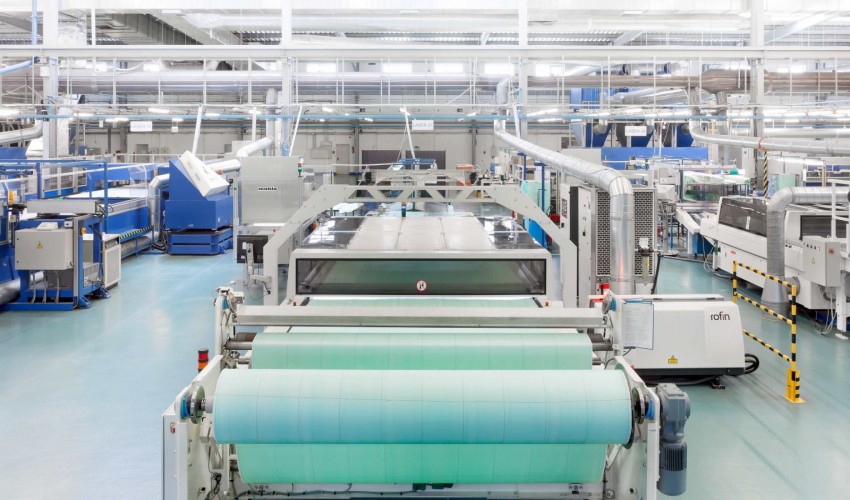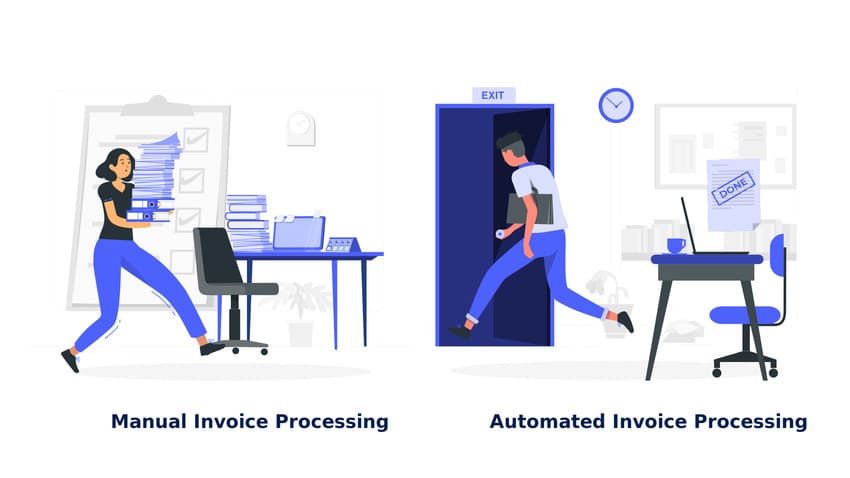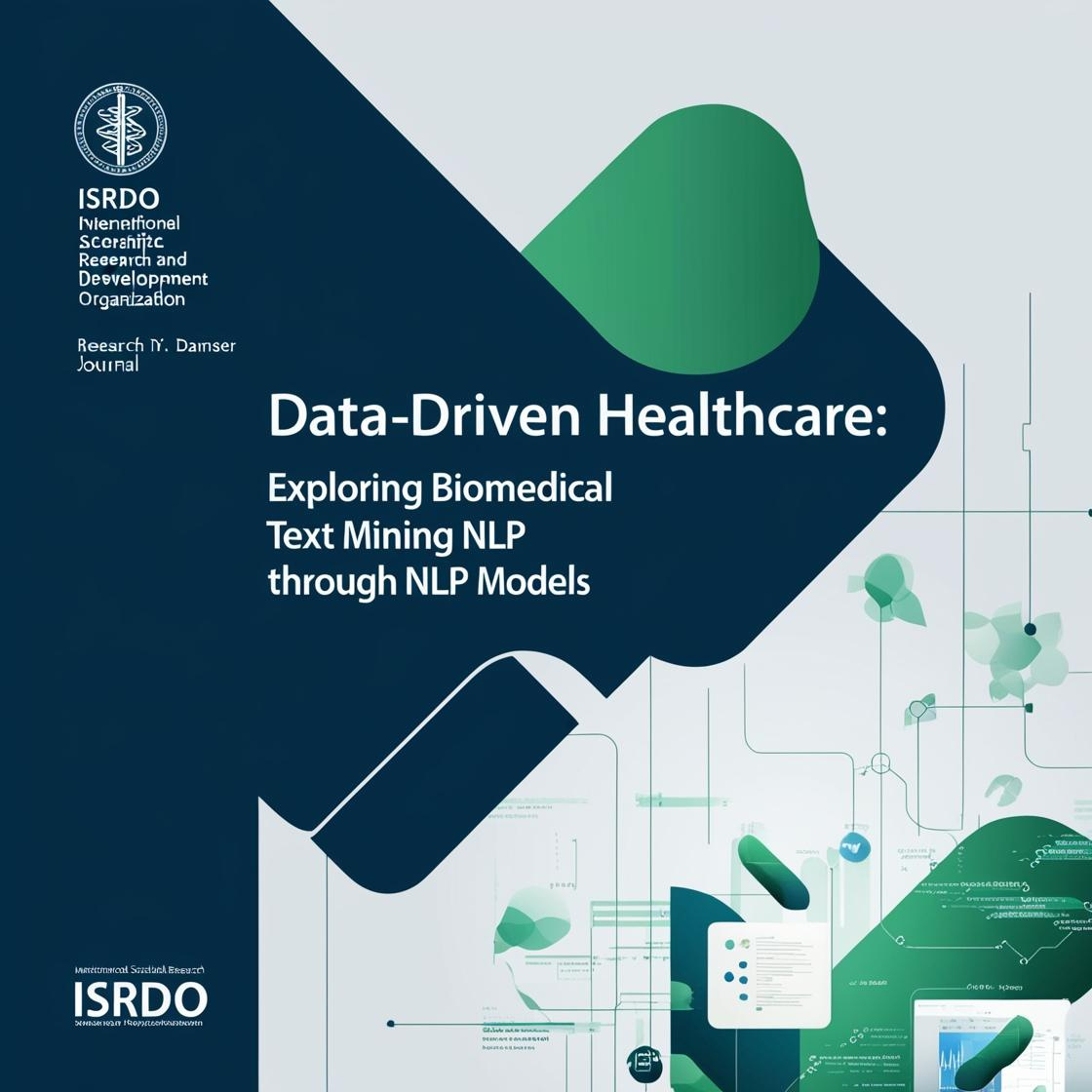
Textile Design Engineering
Textile design is the creative and technical process by
which thread or yarn fibers are woven together or interlaced to form a
flexible, functional, and decorative cloth or fabric which is subsequently
printed upon or otherwise adorned. Textile design is further broken down into
three major disciplines, printed textile design, woven textile design, and
mixed media textile design, each of which utilize different methods to produce
a surface ornamented fabric for variable uses and markets. Textile Design as a
practice has evolved to become an industry integral to other disciplines such
as fashion, interior design, and fine arts.
Printed textile designs are produced by the application of various printing processes to fabric or cloth and other media, namely: resist printing, relief printing, rotogravure, screen printing, transfer printing, and digital printing. These processes utilize various inks and dyes to imprint aesthetic, often repeating patterns, motifs, and styles onto the fabric or cloth. Printed textile designers are predominantly and inextricably involved with home interior design (designing patterns for carpets, wallpapers, or even ceramics), the fashion and clothing industries, and the paper industry (designing stationary or gift wrap).
There are numerous established and enduring printed styles
and designs that can be broken down into four major categories: floral,
geometric, world cultures, and conversational.[8] Floral designs include
flowers, plants, or any botanical theme. Geometric designs feature themes both
inorganic and abstract such as tessellations. Designs surrounding world
cultures may be traced to a specific geographic, ethnic, or anthropological
source. Finally, conversational designs are designs that fit less easily into
the other categories: they may be described as presenting "imagery that
references popular icons of a particular time period or season, or which is
unique and challenges our perceptions in some way." Each category contains
sundry, more specific individual styles and designs.
Different clothes, moreover, require different dyes: for
example, silk, wool, or other protein-based fabrics require acidic dyes based
whereas synthetic fabrics require specialized disperse dyes.
The advent of computer-aided design software, such as Adobe
Photoshop or Illustrator, has allowed each discipline of textile design to
evolve and innovate new practices and processes, but has most influenced the
production of printed textile designs. Most prominently, digital tools have
made the process of creating repeating patterns or motifs, or repeats, much
more effective and simple. Repeats are used to create patterns both visible and
invisible to the eye: geometric patterns are intended to depict clear,
intentional patterns, whereas floral or organic designs, for instance, are
intended to create unbroken repeats that are ideally undetectable. Poorly
constructed repeats draw the eye to portions of the textile that expose the
pattern and break the illusion of continuity, an issue called
"tracking," which is easily remedied in a digital environment. These
tools, alongside the innovation of digital inkjet printing, have allowed the
textile printing process to become faster, more scalable, and sustainable.
- Structural fabric design
- Drawing and rendering
- Color and creation
- Creative textile design
- Professional management and entrepreneurship
- Sketching and drawing
- Computer-aided textile design
- Dyeing and printing
- textile knitting
- Fashion design and illustration
- Freehand drawing and painting
- Have Creative and artistic taste
- Knowledge of colours
- shades and tones
- Good communication skills
- Have Originality and innovativeness
- Interest and skill in drawing and illustration
- Should be goal oriented
- Be Fashion conscious
- Have an eye for detail
- Have visual imagination
- Good observation skills
- Have Persuasiveness
- Understand the market and customer lifestyle
- Theory of Textile Structure
- Knitting Technology
- Textile Testing
- Process Control in Spinning
- Introduction to Engineering Economics and Management
- Non-woven Technology
- Quality Control in Textile Industry
- Multi Fibre Process
- Mechanics of Textile Process
- Process Control in Weaving and Knitting
- High Performance and Specialty Fibre
- Advance Theory of Textile Structure
- Mill Management
- Layout and Economics
- Clothing science
- Garment Manufacturing Technology
- Texturing Technology
- Computer in Textiles
Recent Published
Submit Manuscript
To give your manuscript the best chance of publication, follow these policies and formatting guidelines.


